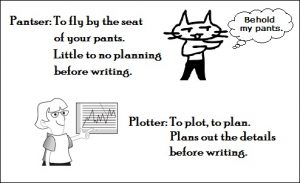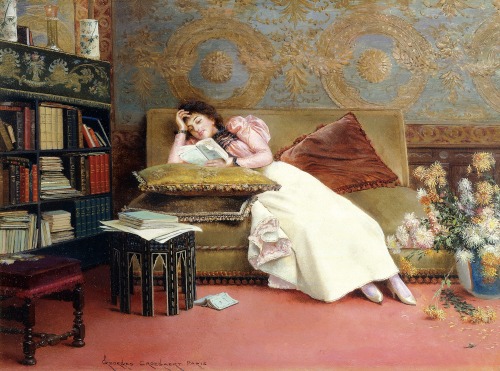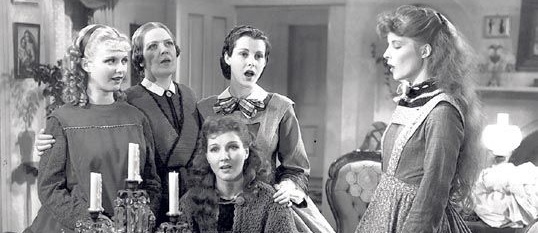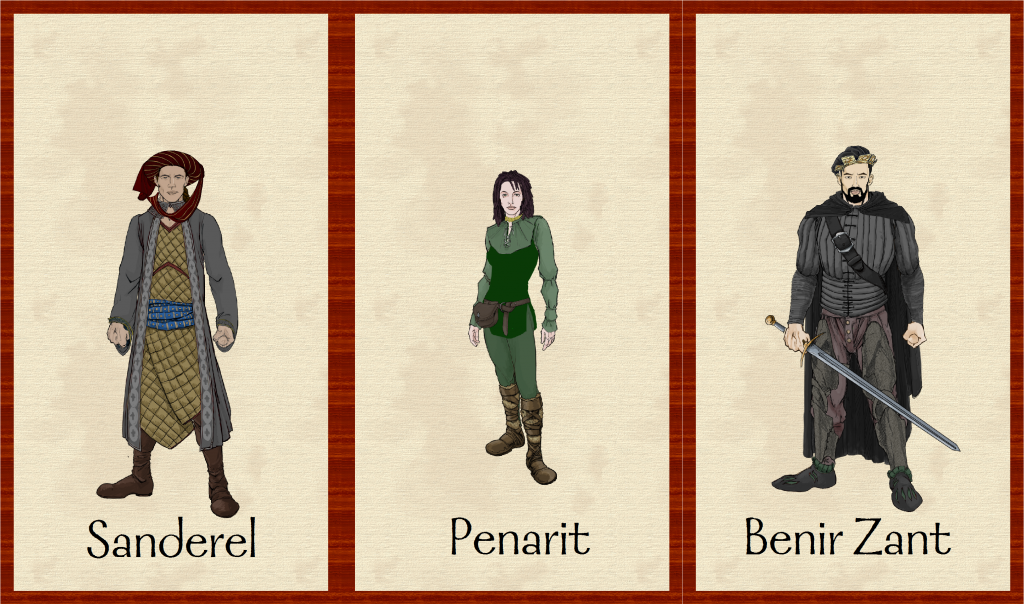
I'm rolling down the home stretch for On a Crooked Track, just a couple of chapters from the end. Not only is the book almost finished, but it's the fourth and final book of The Chained Adept series, so it's been more of a marathon than a sprint. (Or, at least, it's a bigger dog than the others on the track).
The first book of the series was published in February, 2016, and the fourth and last will be published in early January, 2017. That's four books in one year, and a new “first” for me. (And if I'd been more focused over the summer and early fall, maybe I could have squeezed one more in.)
All four entries were written without outlines. In other words, instead of taking the “plotter” approach (outlining), like my first series The Hounds of Annwn, I went for the “pantser” approach (seat of my pants). Practically speaking, I knew what the major high-points in each book would entail when I started, more or less, but everything along the way was as much of a discovery for me as it is for my readers. I kept track of my structure to keep things moving along, so that the books would be well-formed, and was surprised how easy that was considering I didn't know where the plot was going until I got there.
 You see, I find what happens is that your subconscious knows what it wants. This may be only my eighth novel in the Fantasy genre, but I've read thousands of them, and my subconscious knows what makes a good one work.
You see, I find what happens is that your subconscious knows what it wants. This may be only my eighth novel in the Fantasy genre, but I've read thousands of them, and my subconscious knows what makes a good one work.
The difference in day-to-day writing is subtle. Let's say you have a character to kill. If you were outlining, you might decide how to kill him, and then go back and plant the murder weapon in a room that you described in an earlier chapter so that it will be handy in the chapter where he dies. In other words, you come up with a rational plot element and make sure the story supports it.
But when you're “writing into the dark” (another term for “pantsing”), you end up writing a room description with various objects that make sense in the context of that scene, and then later on, when it's time to kill the character and you don't know how you're going to do it, the little reader in your head says… “but, but, I remember this clue… I bet it was that alien artifact with a curious design that was described a few chapters ago,” and your creative mind says, “hey, that's not a bad idea. I should make that the weapon instead of what I was vaguely thinking of.” Or you might even say, “wait, not the alien artifact — that's too obvious. But what about the seemingly innocuous case that was built to hold it? Wouldn't that be even better? That would let me add all sorts of misdirection.”









